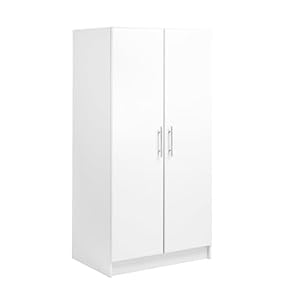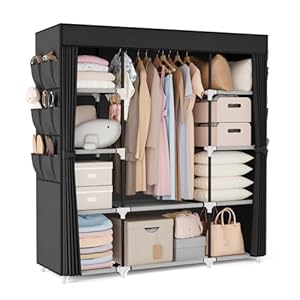
When considering custom furniture layouts for your personalized spaces, have you ever wondered how strategic placement and tailored designs can transform a room? The way furniture is arranged can significantly impact the flow and functionality of a space, elevating it from ordinary to extraordinary. Imagine the possibilities of creating a layout that not only meets your practical needs but also showcases your unique style preferences. Let’s explore how custom furniture layouts can turn your living areas into personalized havens that reflect your individuality and enhance your daily living experience.
Benefits of Custom Furniture Layouts
When designing your living space, custom furniture layouts offer tailored solutions that perfectly fit your needs and style. By opting for custom furniture layouts, you have the freedom to personalize every aspect of your furniture pieces. This customization allows you to choose the exact dimensions, materials, colors, and finishes that align with your preferences. Unlike pre-made furniture that may not fully meet your requirements, custom layouts ensure that each piece serves its intended purpose efficiently.
Moreover, custom furniture layouts enable you to maximize the functionality of your space. You can design furniture pieces that cater specifically to your lifestyle, whether it involves extra storage for organization or multi-functional pieces for versatility. This tailored approach helps in optimizing your living area, making it more practical and comfortable for your daily activities.
Additionally, custom furniture layouts contribute to the overall aesthetic appeal of your space. With the ability to select design elements that complement your existing decor, you can create a cohesive and visually pleasing environment. Custom furniture allows you to express your unique style and create a space that truly reflects your personality.
Maximizing Small Spaces
To maximize small spaces effectively, consider custom furniture layouts tailored to your specific spatial constraints and needs. Start by measuring your space to understand the exact dimensions you’re working with.
Opt for furniture pieces that serve multiple functions, such as a sofa with built-in storage or a coffee table that can also be used as a desk. Utilize vertical space by installing shelves or wall-mounted cabinets to keep the floor area free.
Consider furniture that can be easily folded or collapsed when not in use to free up space when needed. Additionally, choose furniture with legs to create a sense of openness and make the room appear larger. Select furniture that fits proportionally in the room, avoiding oversized pieces that can make the space feel cramped.
Creating Cozy Reading Nooks
Consider arranging a cozy reading nook in your space to create a comfortable and inviting spot for relaxation and enjoyment. Start by selecting a quiet corner or area with good natural light.
A comfortable chair or chaise lounge paired with a soft throw blanket can make the perfect reading spot. Add a small side table for your books, a reading lamp, and a coaster for your drink to complete the setup. Incorporate some cushions or pillows for added coziness.
Personalize the space with some artwork, a small indoor plant, or a favorite decor piece to make it feel more inviting. If space allows, consider adding a bookshelf nearby to keep your favorite reads within easy reach.
Ensure the lighting is adequate for reading, either through natural light during the day or with a warm, adjustable lamp for evening reading sessions. With these simple touches, you can create a cozy reading nook that beckons you to unwind and escape into a good book.
Designing Multipurpose Living Areas
Designing multipurpose living areas involves maximizing space functionality without compromising style or comfort. To achieve this, consider furniture pieces that serve dual purposes, such as a sleeper sofa for hosting guests or a coffee table with hidden storage. By incorporating versatile items, you can make the most of your living space without overcrowding it.
Another tip is to use area rugs to define different zones within the room, creating distinct areas for various activities. For instance, a cozy rug can delineate a reading nook while a larger rug can define the seating area for entertaining guests. Additionally, utilizing wall-mounted shelves or modular furniture allows for flexible arrangements that can adapt to different needs.
Remember to balance aesthetics with practicality, choosing furniture that not only looks good but also supports the activities you enjoy in your living space. With thoughtful planning and strategic furniture choices, you can design a multipurpose living area that’s both functional and stylish.
Trending Products














